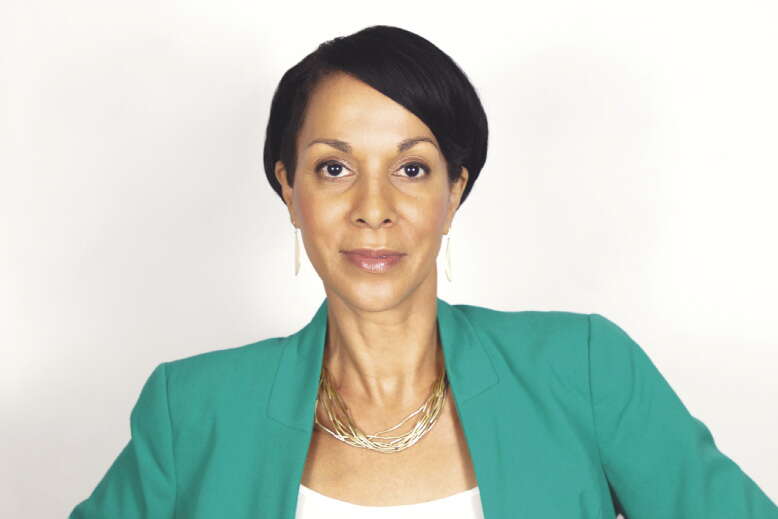
Processing Your Payment
Please do not leave this page until complete. This can take a few moments.
-
News
-
Editions
-
- Lists
-
Viewpoints
-
HBJ Events
-
Event Info
- 2024 Economic Outlook Webinar Presented by: NBT Bank
- Best Places to Work in Connecticut 2024
- Top 25 Women In Business Awards 2024
- Connecticut's Family Business Awards 2024
- What's Your Story? A Small Business Giveaway 2024 Presented By: Torrington Savings Bank
- 40 Under Forty Awards 2024
- C-Suite and Lifetime Achievement Awards 2024
- Connecticut's Health Care Heroes Awards 2024
-
-
Business Calendar
-
Custom Content
- News
-
Editions
View Digital Editions
Biweekly Issues
- April 29, 2024
- April 15, 2024
- April 1, 2024
- March 18, 2024
- March 4, 2024
- February 19, 2024
- February 5, 2024
- January 22, 2024
- January 8, 2024
- + More
Special Editions
- Lists
- Viewpoints
-
HBJ Events
Event Info
- View all Events
- 2024 Economic Outlook Webinar Presented by: NBT Bank
- Best Places to Work in Connecticut 2024
- Top 25 Women In Business Awards 2024
- Connecticut's Family Business Awards 2024
- What's Your Story? A Small Business Giveaway 2024 Presented By: Torrington Savings Bank
- 40 Under Forty Awards 2024
- C-Suite and Lifetime Achievement Awards 2024
- Connecticut's Health Care Heroes Awards 2024
Award Honorees
- Business Calendar
- Custom Content
Diversifying your staff: Experts offer advice, precautions
 IMAGE | Pixabay.com
IMAGE | Pixabay.com
Diversity, equity and inclusion, DEI for short: Those words have been on the lips of virtually everyone in American business since George Floyd’s murder last year.
The racial reckoning touched off by Floyd’s killing has prompted firms large and small to commit to more diverse and inclusive workforces and working environments.
“I think it was extremely eye opening for people,” said Yvonne Alston, who last year founded Newington-based Indelible Impressions Consulting, which helps businesses implement strategies to diversify their workforces. “It really broadened the opportunities for conversations about race and racism, not necessarily just about policing. I think it led people to take a hard look both in terms of themselves and their organizations. What were they doing and what weren’t they doing?”
Indelible Impressions Consulting takes a holistic approach to DEI, shepherding organizations from assessment to action plan to follow up. Business has increased exponentially in the last year, said Alston, who previously held senior communications positions with Farmington insurer ConnectiCare and The Hartford.

Connecticut law firm Carmody Torrance Sandak & Hennessey LLP, which has a significant labor law and DEI consulting practice, has also seen an increased demand for those services as well as a greater awareness of DEI issues among its clients, said firm partner Domenico Zaino.
Garrett Sheehan, president and CEO of the Greater New Haven Chamber of Commerce, said he has likewise witnessed a major new commitment among local businesses to increase diversity and inclusion.
“Companies big and small have really striven to put more focus on DEI efforts,” Sheehan said. “It’s a long-term challenge, but it’s not something that they are going to solve overnight. But the level of commitment is bigger than it’s been in the past.”
So what’s the most important thing an organization can do to increase its DEI?
Alston, Zaino and Sheehan all agree: authentic, sustained commitment by management. If you’re just checking a box, you will probably fail, they said.
“I do think it’s important not to just have an HR person doing this but to actually have management buy-in,” Zaino said. “Top down support from management is really important because they are the ones who set the culture.”
Carmody partner Amanda Nugent suggests companies wanting to up their DEI should start by reviewing their hiring procedures and documents. If you are promoting from within or using word of mouth to fill most positions, ask yourself how that affects your diversity, Nugent said.
“Are you just going back to the same wells again and not broadening the scope?” she said. “If you broaden your scope, you will, a lot of times, have success.”
Nugent also advises clients to rethink the long, detailed job descriptions and list of qualifications that have become common as want ads migrated from print to online. Studies show such ads are more likely to scare off applicants who are women or members of traditionally disadvantaged groups than men, she said. Boil the ad down to the basics, she advised.
Other ways to attract a more diverse applicant pool include building relationships with minority business and service organizations as well as advertising on websites and other places that reach minority populations, Nugent said.
She suggested other tools such as “blind” resumes that include only the applicant’s accomplishments and qualifications, leaving out names, colleges, home addresses and other information that can trigger implicit bias, Nugent said.
Closing the gap
After the hire is made, retention is the next step, Nugent said. Organizations need to make sure their businesses are welcoming and inclusive as well as provide support and mentorship to minority employees, she said. Creating a culture of diversity, equity and inclusion is key, she said.
“One thing that we have found that has been effective is the idea of making sure that there is a diverse slate of candidates for every management-level position,” Nugent said. “That sends a message that this is not something we are talking about but doing.”
Alston said her approach is comprehensive and systemic, starting with data that she uses to identify gaps and opportunities. She then gains an understanding of the organization’s culture and sits down with management to establish goals.
“Our job is to figure out how to close the gap between where they are and where they want to be,” Alston said.
After those goals are set and a plan is established and put in motion, Alston’s job still isn't done. She returns after a period of time to audit the effort and offer advice on sustaining or improving it. A heartfelt, long-term commitment is key to progress, she said.
“Like anything in life, if you feel strongly about something, you are going to commit to consistent action,” Alston said.
To develop a more diverse talent pool, Alston also suggested businesses build relationships with local schools and service organizations. Reaching out to historically black colleges and universities can also help, according to Alston. She also recommends diversity training for all employees once a year as part of their professional development.
Companies seeking to increase their DEI should review hiring algorithms, Alston said. The programs, which many larger companies now use to cull candidates, are “a double-edged sword,” she said. They can be tweaked to identify more diverse candidates or, thanks in part to the implicit bias that all programmers as human beings inevitably have, do the opposite, she said.
DEI isn’t just the right thing to do, Alston added. It’s also important in attracting and retaining employees post-COVID, she said.
Efforts to increase DEI come with one caveat, Zaino and Nugent said. Take care not to run afoul of anti-discrimination laws, they said.
“Those laws don’t go away when an employer is looking to promote the laudable goal of increasing DEI in the workforce,” Zaino said.
The big no-no, Nugent said, is quotas.
“Quotas are what get you in trouble,” she said. “Goals are much more appropriate.”

2022 Giving Guide
This special edition informs and connects businesses with nonprofit organizations that are aligned with what they care about. Each nonprofit profile provides a crisp snapshot of the organization’s mission, goals, area of service, giving and volunteer opportunities and board leadership.
Learn more
Subscribe
Hartford Business Journal provides the top coverage of news, trends, data, politics and personalities of the area’s business community. Get the news and information you need from the award-winning writers at HBJ. Don’t miss out - subscribe today.
Subscribe
2024 Book of Lists
Delivering Vital Marketplace Content and Context to Senior Decision Makers Throughout Greater Hartford and the State ... All Year Long!
Read Here-
2022 Giving Guide
This special edition informs and connects businesses with nonprofit organizations that are aligned with what they care about. Each nonprofit profile provides a crisp snapshot of the organization’s mission, goals, area of service, giving and volunteer opportunities and board leadership.
-
Subscribe
Hartford Business Journal provides the top coverage of news, trends, data, politics and personalities of the area’s business community. Get the news and information you need from the award-winning writers at HBJ. Don’t miss out - subscribe today.
-
2024 Book of Lists
Delivering Vital Marketplace Content and Context to Senior Decision Makers Throughout Greater Hartford and the State ... All Year Long!
ABOUT
ADVERTISE
NEW ENGLAND BUSINESS MEDIA SITES
No articles left
Get access now
In order to use this feature, we need some information from you. You can also login or register for a free account.
By clicking submit you are agreeing to our cookie usage and Privacy Policy
Already have an account? Login
Already have an account? Login
Want to create an account? Register
Get access now
In order to use this feature, we need some information from you. You can also login or register for a free account.
By clicking submit you are agreeing to our cookie usage and Privacy Policy
Already have an account? Login
Already have an account? Login
Want to create an account? Register






0 Comments